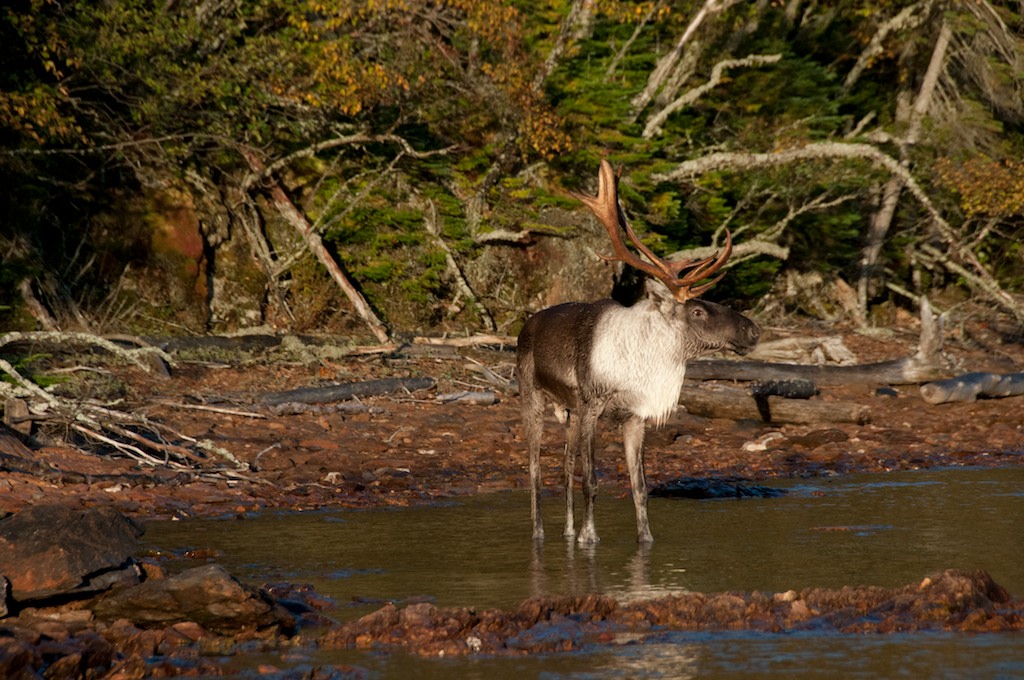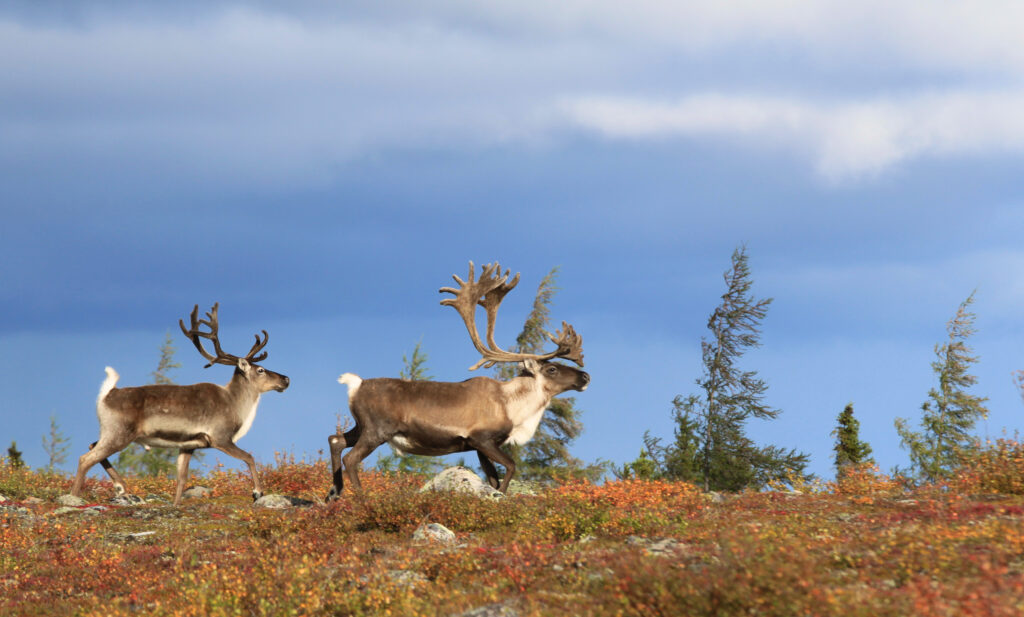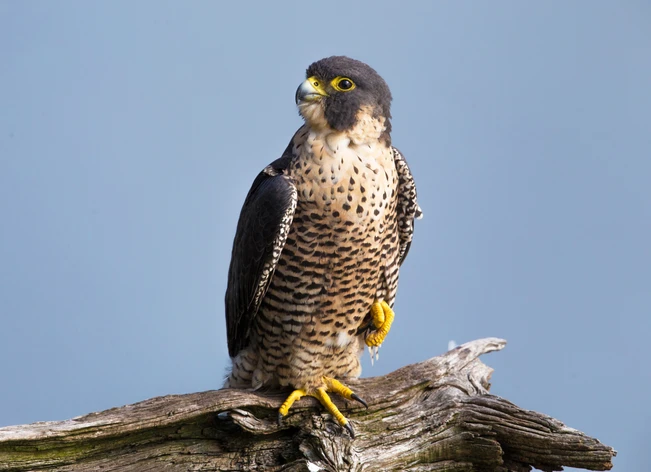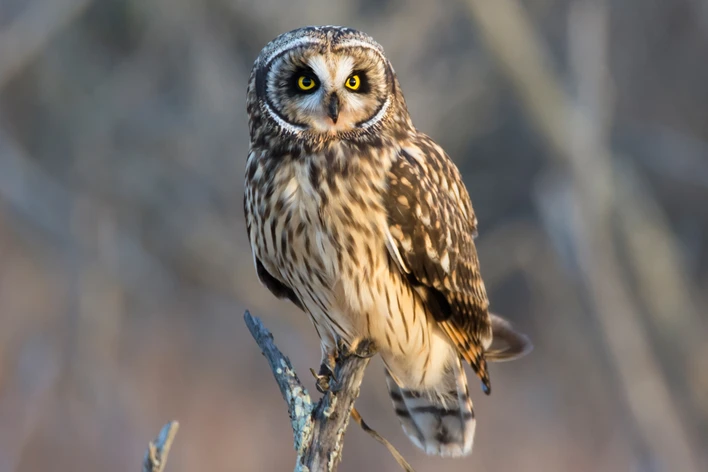
By Katie Borgfjord, Digital Marketing Coordinator.
In the northernmost reaches of Manitoba there is a pristine expanse of tundra, wetlands and forests as vast as Denmark.
There are no permanent roads. No dams. No mines. No industrial development of any kind. Caribou and polar bears roam beneath massive flocks of birds near a powerful river teeming with beluga whales, seals and fish.
Four First Nations, CPAWS and others are working together to protect one of the last great wild places on our planet as an Indigenous Protected Area.
There are 261 known species in the Seal River Watershed, of which 19 are at risk.
CPAWS Manitoba analyzed the biodiversity of the area to help shape conservation decisions based on their critical habitat in this 2022 report.
The world has lost around 60 percent of its mammals, birds, reptiles, amphibians and fish in the past 40 years, according to the World Wildlife Fund. Around a million species are at risk of extinction according to a 2019 UN report which found that a quarter of assessed plant and animal species are threatened.
Here are some of the beautiful animals whose habitat could be preserved thanks to the stewardship of the Seal River Watershed Alliance.
Get to Know Some of the Species that are at Risk in the Seal River Watershed
Bird: Peregrine Falcon
Peregrine falcons are known to be powerful hunters, using their pointed wings to fly and dive at great speeds. They prey on other birds and will catch them in flight, especially pigeons, marsh birds, and waterfowl. These birds grow the size of crows and can be identified by their black moustaches, sideburns, hooked beaks, and blueish-grey wings.
Fast Facts:
Scientific Name: Falco peregrinus
Status: Assigned Endangered (MB ESEA).
Population: Approximately 250-1000
Life Span: 20 years
Habitat: Arctic tundra, grasslands, sand sagebrush, and fields planted with row crops
Diet: Prey on smaller birds, like pigeons or ducks.
Bird: Short-eared Owl
Short-eared owls are a nomadic species and choose to live in areas with high concentrations of prey. They feed mostly on small mammals, including voles, shrews, and mice. These owls are composed of brown, beige, and black-streaked feathers, which camouflage them from predators when they’re not flying. They range between 32-42 cm in length, the size of an average housecat, with the females larger and darker than the males. They can be identified in flight by their moth-like wing beats and hovering.
Fast Facts:
Scientific Name: Asio flammeus
Status: Assigned Special Concern (COSEWIC), and Special Concern (SARA) in May 2021.
Population: Approximately 350,000 in Canada
Life Span: 5 years
Size: 32-42 cm in length
Habitat: Arctic tundra, grasslands, sand sagebrush, and fields planted with row crops.
Diet: small mammals, including voles, shrews, and mice
Fish: Lake Sturgeon
The lake sturgeon is Canada’s largest freshwater fish species. They are distinguished by their shark-like tail, a pointed snout, and brown and grey colour with a light-coloured belly. At maturity, lake sturgeon typically range between 0.8-2 metres or 6 feet long, but the largest lake sturgeon in Manitoba was recorded to be 4.6 metres long, or 15 feet!
Fast Facts:
Scientific Name: Acipenser fulvescens
Status: Assigned Special Concern (COSEWIC) in April 2017.
Population: Approximately 7000-8000 in Manitoba
Lifespan: 50-100 years
Size: 0.8-2 metres, or 6 feet in length, Weight: 200 lbs
Diet: Snails, worms, and insects.
Mammal: Barren-Ground Caribou
The Barren Ground Caribou are medium-sized, and smaller and lighter-colored than other species of Caribou. Barren Ground Caribou are known for their long migrations and cultural and social value to northern Indigenous Peoples.

Fast Facts:
Scientific Name: Rangifer tarandus
Status: Assigned Vulnerable (IUCN), and Threatened (COSEWIC) in 2016.
Population: Estimated at 800,000 total
Weight: Around 220 to 309 lbs (Average male)
Habitat: The boreal forest, and tundra habitats.
Diet: Grassy plants, mushrooms, and lichens.
Mammal: Wolverine
The Wolverine is North America’s largest terrestrial mustelid and tends to be the size of a small bear. They have long black or brown fur, a pale face mask, and light-coloured stripes that run from their shoulders to their tails. They are known to be curious and will wander campsites, cabins, snowmobile trails, and highways when humans aren’t around.
Fast Facts:
Scientific Name: Gulo gulo
Status: Assigned Special Concern (SARA), and Special Concern (COSEWIC) in 2014.
Population: Approximately 15,000 to 19,000 across Canada
Life span: 5-13 Years
Size: Around the size of an average dog
Weight: 18-40 lbs
Diet: Prey on rodents, hares, and birds. They also scavenge on caribou, moose, and fish.
This is only 5 of the number of at-risk species. The other species include black scooter, blackpoll warbler, Buff-breasted Sandpiper, Common Eider, Common Nighthawk, Harris’ Sparrow, Horned Grebe, Long-Tailed Duck, Olive-sided Flycatcher, Rusty Blackbird, Semipalmated Sandpiper, Barren-Ground Grizzly, and Polar Bear.
What is Being Done to Protect the Seal River Watershed?
The Seal River Watershed is one of the last wilderness areas of its size, 50,000 square kilometres, the watershed is around the same size as the whole province of Nova Scotia. There are no mines, no dams, no permanent roads. The area is home to spectacular wildlife including Falcons, Owls, Sturgeons, whales, and wolverines.
The Sayisi Dene have partnered with neighbouring communities, CPAWS, the Indigenous Leadership Initiative, and others to permanently conserve the watershed as an Indigenous Protected Area.
On Jan 18, 2024, Four First Nations secured interim protection for the Seal River Watershed. The joint announcement by the Seal River Watershed Alliance and the governments of Manitoba and Canada is a key step towards permanently conserving the watershed as an Indigenous Protected Area.
Here’s How You Can Help!
Help ensure the provincial and federal governments continue to work with Indigenous leaders to permanently protect the 50,000 square kilometre Seal River Watershed. Tell them how much nature means to you with our easy form.
For more information please visit SealRiverWatershed.ca
Read the Report Here:
David Swan. “Natural Abundance – An Evaluation of Species Richness in the Seal River Watershed,” CPAWS Manitoba. February 2022.
– Thanks in part to the National Audubon Society for making this blog possible. CPAWS greatly appreciates its support of our boreal conservation efforts in Manitoba –




